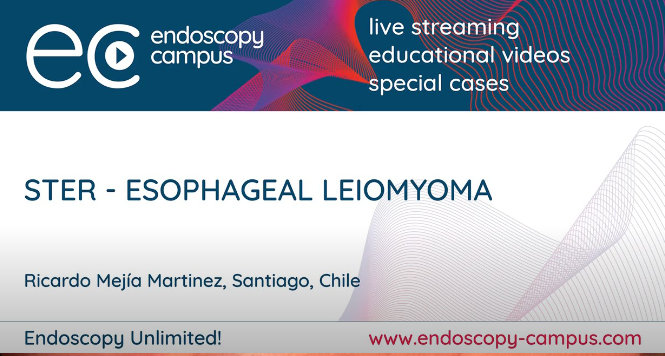Artificial Intelligence Beats General Endoscopists for the Detection of Barrett’s Neoplasia
Prateek Sharma, MD, FASGE, reviewing Abdelrahim M, et al. Gastrointest Endosc 2022 Oct 22.
Barrett’s esophagus (BE) is a precancerous condition that can lead to the development of dysplasia and esophageal adenocarcinoma (neoplasia). Since neoplasia can present as subtle lesions, its detection can be difficult and missed during standard white-light endoscopy.
The primary aim of this study was to develop and validate an artificial intelligence (AI) computer-aided detection (CADe) system that can detect and localize BE neoplasia through 3 phases using independent data: (1) development and training of the AI system, (2) image-based validation, and (3) external validation on real-time videos. External validation was conducted by comparing the CADe system and nonexpert endoscopists (general endoscopists who had performed >1000 upper endoscopies and with 3-10 years of experience) on the detection and localization of BE neoplasia. The videos and images of neoplastic and non-neoplastic BE were collected at 4 European centers.
In phase 1, AI training was performed using data from 161 patients with BE. During phase 2, image-based validation, the CADe system correctly predicted 446 of the 471 images (accuracy, 94.7%; sensitivity, 95.3%; and specificity, 94.5%).
During phase 3 (external validation in comparison with general endoscopists), the system diagnosed BE neoplasia in real time with an accuracy of 92.0% (95% confidence interval [CI], 85.3%-97.3%), sensitivity of 93.8% (95% CI, 84.4%-100.0%), and specificity of 90.7% (95% CI, 81.4%-97.7%). Correspondingly, the general endoscopists had an accuracy of 71.8% (95% CI, 65.6%-78.0%), sensitivity of 63.5% (95% CI, 51.2%-74.5%), and specificity of 77.9% (95% CI, 71.3%-84.1%).
AI localization of the neoplastic BE lesions had accuracy, mean precision, and mean Intersection over Union of 100%, 0.62, and 0.54, respectively, compared with experts (at least 1 marking). The processing speeds for lesion detection and localization were 5 milliseconds per image and 33 milliseconds per image, respectively.

COMMENTThis study shows that an AI system not only has the ability to detect BE neoplasia but can do so with high accuracy, sensitivity, and specificity. AI will have a major additive role, along with standard endoscopy, for managing patients with BE.
Note to readers: At the time we reviewed this paper, its publisher noted that it was not in final form and that subsequent changes might be made.


